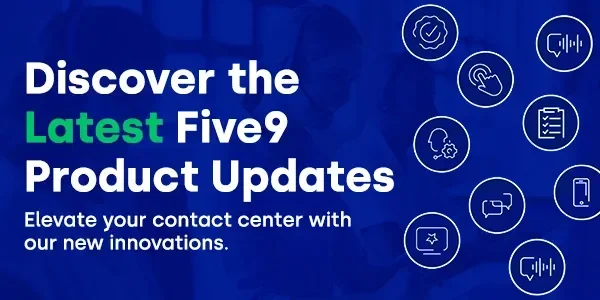
What Does Workforce Optimization Mean?
What is Workforce Optimization (WFO)?
We make optimization decisions every day without realizing it. Do I buy the lower cost store brand or the higher cost name brand? Given my shopping list, what’s the quickest route through the store to get everything on it? Optimization is basically a trade-off decision. The great thing is that for everyday decisions our brains do this without much conscious thought.
There is a formal mathematical discipline for workforce optimization. Without getting into the details, suffice it say it’s rigorous and time consuming. Take the route through the grocery store example, a common optimization problem given to math students. Is it worth taking ten minutes to determine an optimal solution to the problem when it might only save you ten seconds? Obviously not.
Workforce Optimization (WFO) Meaning
Mathematical optimization does have a place in business, especially in the contact center. Workforce optimization (WFO) is a set of software tools designed to optimize the performance of the contact center workforce to maximize business goals like productivity and customer satisfaction. Workforce management (WFM) is one of the WFO tools that uses mathematical optimization to forecast contact volumes and create agent schedules.
Workforce Optimization Example
The gains from investing in WFM is high, making the decision an easy one. To illustrate, let’s compare two 100-seat contact centers—one using WFM, and the other not.*
Call Center Forecasting
The operation with WFM automatically creates two weeks of contact volume forecasts in five minutes. The center without WFO uses a combination of manual effort and spreadsheets to create forecasts, and it takes them 45 minutes to create a forecast. The difference is more than an 88% increase in productivity.
Call Center Scheduling
What about creating schedules? The center with WFM uses mathematical computations to create schedules that optimally match available agents to forecasted contact volumes in ten minutes, with a schedule efficiency of 85% (how closely scheduled staff meets forecasted volumes). The center without WFO must manually fit schedules with the forecast. This takes 90 minutes and only reaches a 62% schedule efficiency.
Benefits of a WFO Strategy in Contact Centers
Another 89% productivity increase, but the impact of schedule efficiency is even more. Lacking a close match between incoming contact volumes and available agents, contact centers must make a hard decision. If they want to consistently meet service level goals throughout the day they will need to overstaff, which increases labor costs. If they want to minimize overtime and understaff, customers will end up waiting to reach an agent.
Workforce management is a powerful tool for reaching the optimal balance between productivity and service. Even a contact center with 25 agents can realize benefits from WFM. Centers operating 24x7 or with many agent skills present a good business case for investment.
WFO Tools
Try out our online WFO savings calculator to see what your potential savings are or visit our website to find out more about Five9 WFO.
*Note: the numbers used in this comparison are examples based on experiences working with Five9 customers and not specific results.



